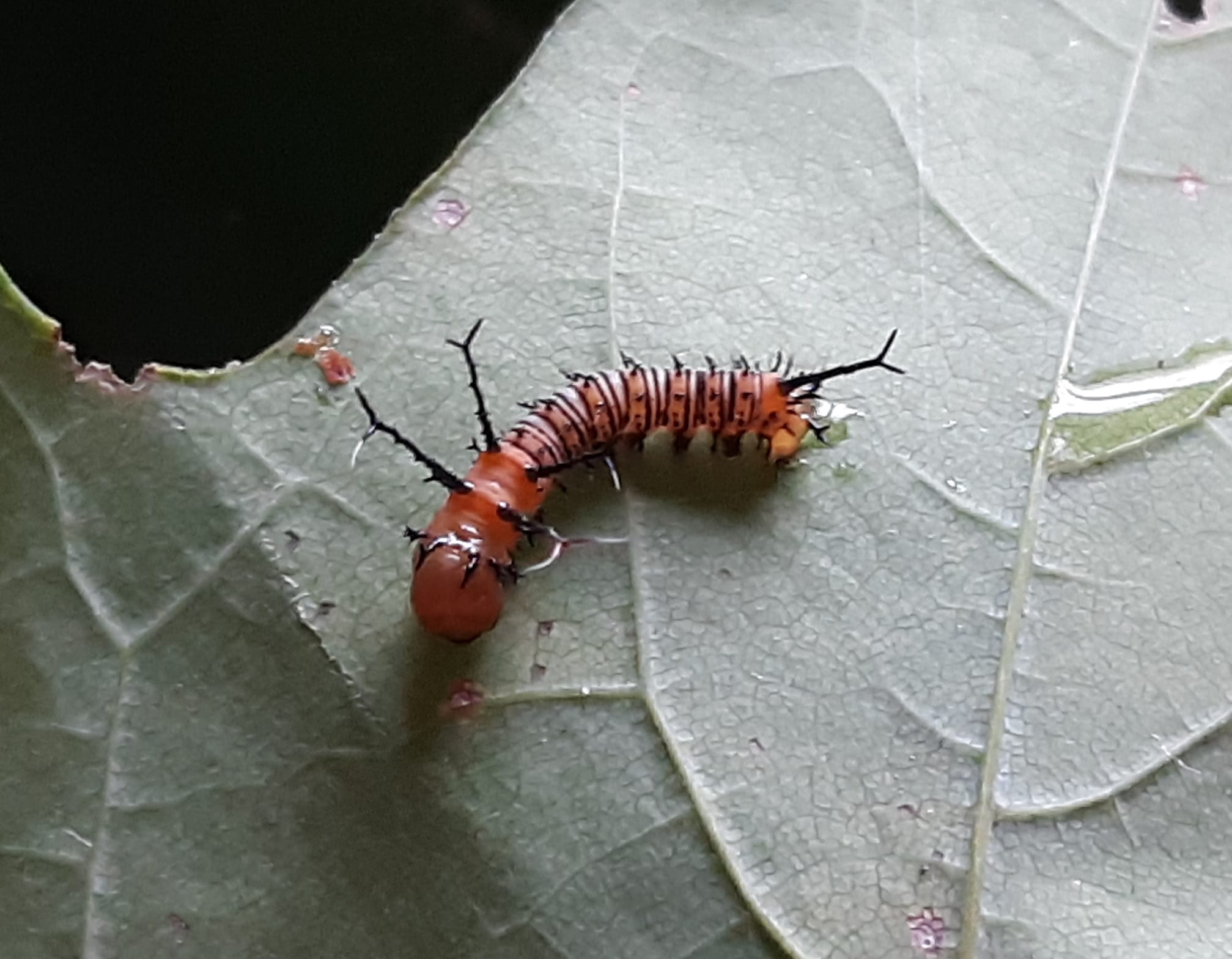ECOLOGY ▪ EDUCATION ▪ ADVOCACY













Eacles: Unknown.
Imperialis: Latin for “of the empire.”
ee-uh-kleez im-pihr-ee-al-iss im-pihr-ee-al-iss
Great-plane tree moth. Hoosier author Gene Stratton Porter referred to the species as the “yellow emperor moth.”













This map illustrates documented North American records of Eacles imperialis imperialis as of 13 February 2021. The data used likely consists of combined records with the subspecies E. imperialis pini.
 Documented record(s)
Documented record(s) 5: Secure
5: Secure  NR: Not ranked
NR: Not ranked
Included within Dru Drury’s three-volume Illustrations of Natural History, Wherein are Exhibited Upwards of 240 Figures of Exotic Insects, published between 1770 and 1787, was a plate featuring male and female imperial moths.

Eacles imperialis imperialis caterpillars are the largest in Indiana. Polyphagous, they eat the foliage of several families and genera of native trees, including their namesake hickories (Carya spp.) Adults lack a digestive system, do not eat, and exist solely for reproduction.
| Known Larval Food Sources in Indiana | ||
| Family | Taxonomic Name | Common Name |
|---|---|---|
| Order: Ericales | ||
| Ebenaceae | Diospyros virginiana | persimmon |
| Order: Fabales | ||
| Fabaceae | Gleditsia spp. | water and honey locusts |
| Order: Fagales | ||
| Betulaceae | Alnus spp. | alders |
| Betula spp. | birches | |
| Fagaceae | Castanea dentata | American chestnut |
| Fagus grandifolia | American beech | |
| Quercus spp. | oaks | |
| Juglandaceae | Carya spp. | hickories |
| Juglans spp. | black walnut and butternut | |
| Order: Gentianales | ||
| Rubiaceae | Cephalanthus occidentalis | buttonbush |
| Order: Hamamelidales | ||
| Platanaceae | Platanus occidentalis | American sycamore |
| Order: Laurales | ||
| Lauraceae | Sassafras albidum | sassafras |
| Order: Malvales | ||
| Tiliaceae | Tilia americana | American basswood |
| Order: Pinales | ||
| Cupressaceae | Juniperus spp. | junipers |
| Pinaceae | Larix spp. | larch, aka tamarack |
| Picea spp. | spruce | |
| Pinus | pines | |
| Tsuga canadensis | eastern hemlock | |
| Order: Poales | ||
| Poaceae | Zea mays | corn |
| Order: Rosales | ||
| Moraceae | Morus spp. | mulberries |
| Rosaceae | Prunus spp. | cherries |
| Ulmaceae | Ulmus spp. | elms |
| Order: Salicales | ||
| Salicaceae | Populus spp. | poplars |
| Salix spp. | willows | |
| Order: Sapindales | ||
| Aceraceae | Acer spp. | maples |
| Anacardiaceae | Rhus spp. | sumacs |
| Hippocastanaceae | Aesculus spp. | buckeyes |
| Order: Saxifragales | ||
| Altingiaceae | Liquidambar styraciflua | American sweetgum |
The map, graph(s), and data below represent the Indiana sightings of Eacles imperialis imperialis as of 30 March 2025, confirmed through photographic evidence by individuals who contributed to the Great American IN Nature Lepidoptera Project (GAIN LP).
Counties recorded:
65 of 92
Top counties/#of records:
Washington: 96
Brown: 38
Monroe: 35
Scott: 33
Owen: 24
Hamilton: 22
Morgan: 18
 GAIN LP documented in county
GAIN LP documented in county
The images and records below were all submitted by individuals through the Great American Indiana Nature Lepidoptera Project (GAIN LP).